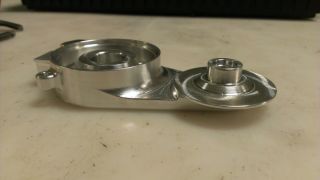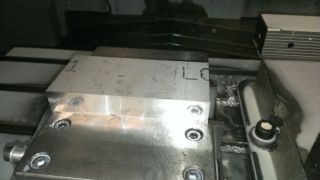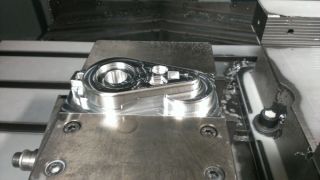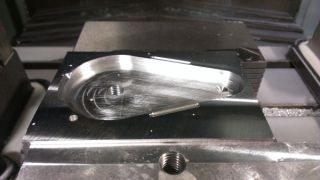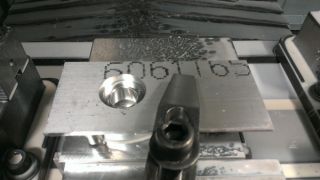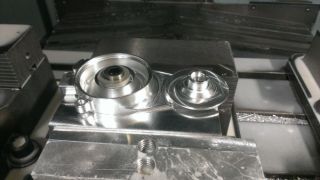Workholding 101: Machining irregular-shaped part on a fixture
May 8, 2020, 12:30 pmArticle Summary
Eldar Gerfanov (Admin)
May 8, 2020, 12:30 pm
Eldar Gerfanov (Admin)
May 8, 2020, 3:09 pm
3158
Public
Author Summary
Sun November 16, 2025, 1:24 pm
Sun November 16, 2025, 1:24 pm
Often times CNC programming tutorials only teach you how to create the tool-paths and not enough attention is paid on showing how to properly hold parts being machined.
At the same time efficient workholding is an art in it self and mastering it could drastically improve shop productivity and accuracy.
Without further ado let's jump into the workflow.
Step 1. Analyze the Drawing and the Model
We would have to look at the drawing, tolerances and the CAD model to develop the machining strategy.
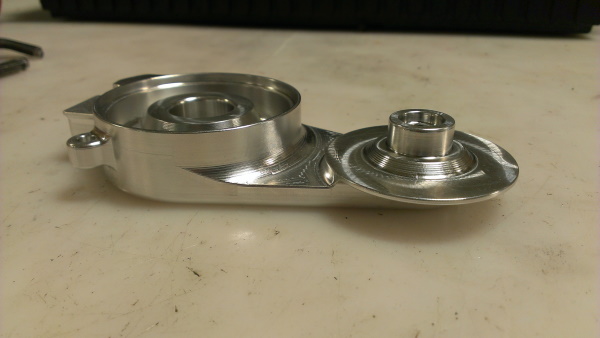
This particular part has tight (+/- 0.001) tolerances between the features located on the top and the bottom sides. In addition to that it has a 2.5 degree draft angle on external walls.
Thus I decided to not use the soft jaws approach and machine it in a fixture. Soft jaws are generally OK for tolerances down to +/-0.001" but because of the draft angle the part would always want to pop out of the jaws.
Step 2: Program and machine the back side.
Because it is: 1 - easiest to hold and locate on to and 2 - has the least number of critical features that may become out of tolerance after the bulk of material is removed:
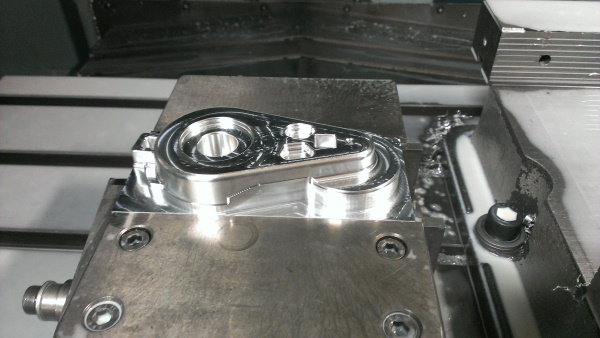
While the whole batch is being machined on one side I design and program the fixture and the other side of the part.
Step 4: Machine the fixture.
In this case fixture is simply a pocket with a threaded hole and a special jaw with threaded holes that I use for other fixtures - it is used to temporarily hold the part for machining the clamping area on the part it self.
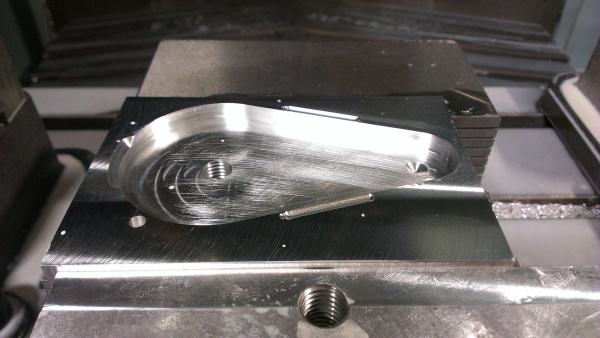
Step 5: Locate the machined side on the fixture
Temporarily clamp it down using a toe clamp and machine the finished face that will be used to hold the part down for the rest of machining
Do not forget to change your Z Offset for the new height!
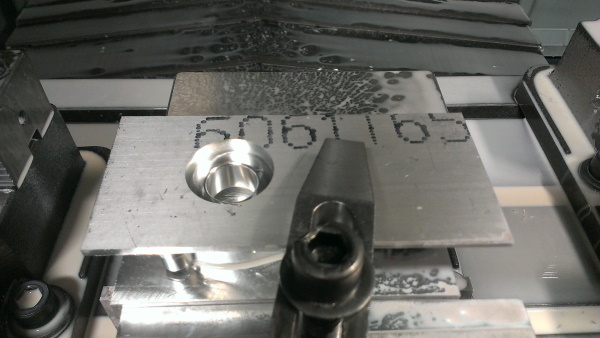
Step 6: Clamp the part using a big washer and a bolt.
Do not forget to remove the temporary toe-clamp or BAD things will happen!
Machine the rest of the part.
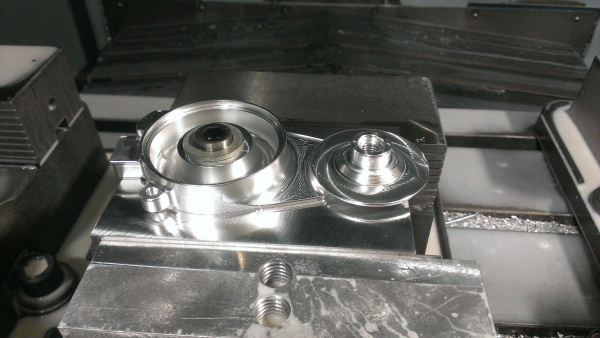
That's it! The first complete part is machined and should be sent to QC for sign-off.
The main difficulty that caused this multi-step setup was the need for accurate positioning between features on both sides of the part. And the fact that the external walls had a draft angle that made it impossible to use soft jaws.
Let me know in the comments if you have any thoughts or if you would do it differently ;)
Cheers!
